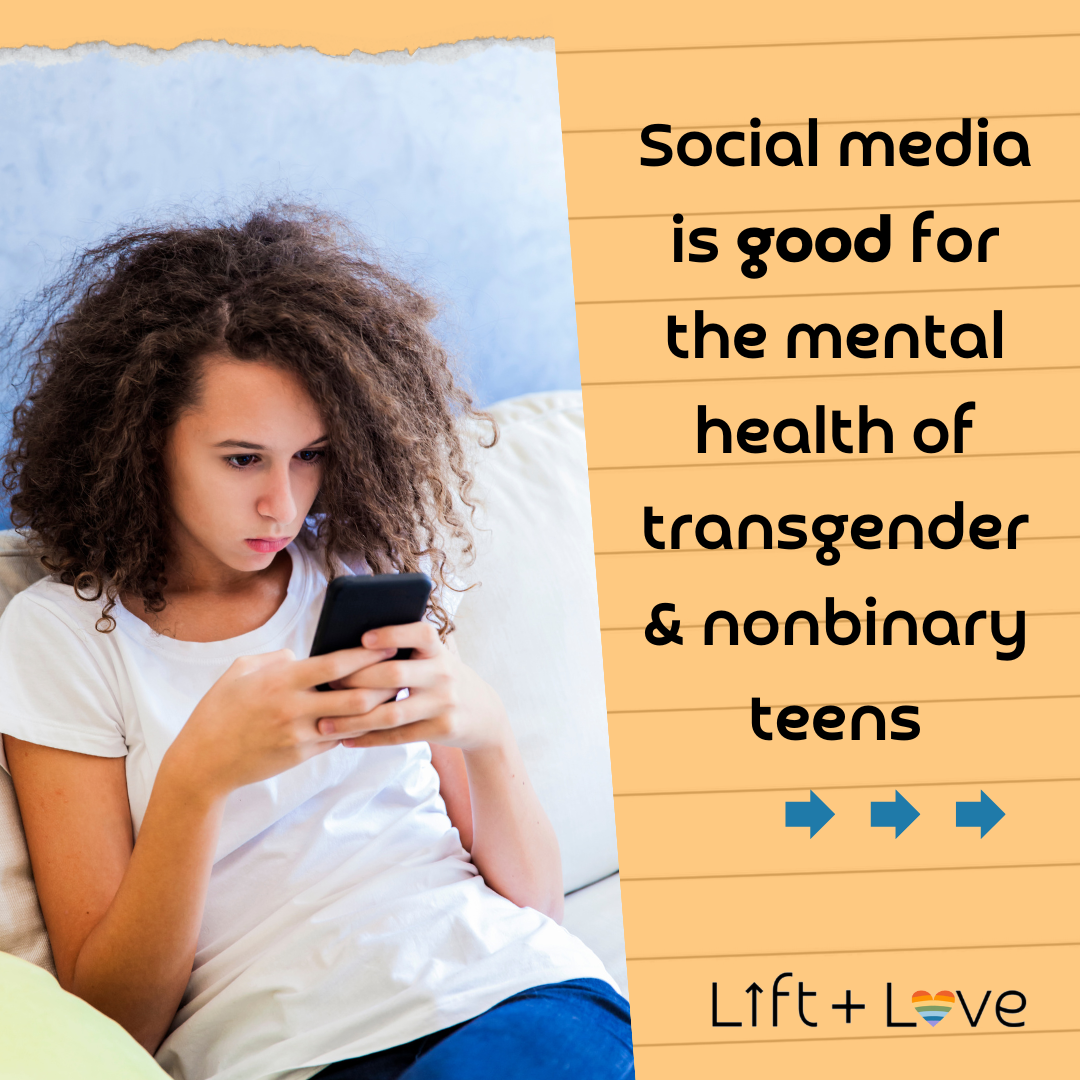research
Adult LGBTQ+ Role Models in the Lives of LGBTQ+ Young People
Source: https://www.thetrevorproject.org/research-briefs/adult-lgbtq-role-models-in-the-lives-of-lgbtq-young-people
"CONSIDER" - TRANS / INTERSEX HISTORY AND MEDICAL RESEARCH - DR KRISTINE COONS
Transgender Medical History and Research presentation by Dr. Kristine Coons
“Consider” - Dr Kristine Coons, DO, FACOI
CONTENTS INCLUDE:
History - LGBTQIA+ has always been there - However, terms, perspectives and understanding differed Ancient civilizations have always tried to explain and understand based on the knowledge, experience, understanding and philosophies they had available at the time
Perspectives and Conceptual Layers of Sex
Primary Sex Characteristics
Primary Structures
Development is Dynamic
Sex Anatomy Development
Development of Gonads and Internal and External Reproductive Structures
Genetics
Human Embryology
Conceptial Genetic Layers
Genetic Facts
SOX9 as "one" focal point
Intersex –Variations of Sex Development
List of some Differences/Variations of Sexual Development
List of Some Genes associated with DSD/VSD and their chromosomes
Gender Identity is a Relationship and Function
Brain Map
Researchers Map the Neurons of the Fruit Fly Oct 2024
The Brain's Sex Development develops independent but related to the Body's Sex Development
Gender Identity is Variable
Gender Identity appears associated with numerous factors
Brain Gender Identity and Sexual Orientation
Care of Individuals with variations of Gender Identity
Gender Diversity is just as Diverse as Sex Diversity
Essentialism vs Pluralism vs Abolitionism
Dr. Kristine Coons is a member of the Gather Conference executive board and presenter at Gather Conference 2025
Dr. Coons has graciously provided these slides as a resource for this website.
LGBTQ YOUTH WHO FEEL VALUED BY PARENTS ARE LESS LIKELY TO...
**CONTENT WARNING: suicide, drugs, alcohol, depression, STD**
**CONTENT WARNING: suicide, drugs, alcohol, depression, STD*
"Research suggests that...compared to (LGBTQ) teens who do not feel valued by their parents, (LGBTQ) youth who feel valued by their parents are less likely to:
Experience depression
Attempt suicide
Use drugs and alcohol
Become infected with sexually transmitted diseases"
Source: https://www.anthemeap.com/circle-k/emotional-wellness/families/articles/parents-influence-on-their-lgb-teens-health
Research source: Bouris, A., Guilamo-Ramos, V., Pickard, A., Shiu, C., Loosier, P. S., Dittus, P., et al. (2010). A systematic review of parental influences on the health and well-being of lesbian, gay, and bisexual youth: Time for a new public health research and practice agenda. Journal of Primary Prevention, 31, 273–309.
NOTE - Because the systematic review focused on youth who identify as lesbian, gay, or bisexual and did not include research on gender identity, this article does not specifically address transgender youth.
Steps Parents Can Take to Support their LGB Teens - Researched Based
Research-based steps that parents can take to support their LGB teen’s mental, emotional, and physical health.
Source material: https://www.anthemeap.com/silgan-holdings/emotional-wellness/families/articles/parents-influence-on-their-lgb-teens-health
how many lgb people are out, worldwide?
9% of the adult world population is LGB (a common estimate). 83% of them are not out publicly. So only 17% of LGB people are out. That means for every LGB person you know who is out, there could be about 5 more who are not (because 17% is roughly 1 out of 6).
What This Means in Everyday Life: You almost certainly know more LGB people than you think. And this includes people in your family, your church congregation, your workplace, your neighborhood, and your school. In an average Latter-day Saint congregation/ward with 200 people attending on a Sunday, there would be 2-4 out LGB people, and 14-16 LGB people who are not out in the chapel.
Key Takeaway: Just because someone isn’t out doesn’t mean they aren’t LGB. And that includes active church members.
Source: https://www.newsecuritybeat.org/2021/06/lgbtq-individuals-remain-global-closet-at-great-cost-global-health
*LGB mean lesbian, gay, or bisexual. Please note, the particular survey results that this post was based on are from a survey of lesbian, gay, and bisexual adults in 30 different countries. We don’t know the exact reason why trans people were not included in the survey results, but it’s possible that it’s due to inadequate sample size (ie, the small percentage of the global population identifying as transgender may have resulted in too few responses to provide statistically reliable data) or possibly because transgender folks simply weren’t part of the scope of that specific research project
Is Social Media Good for Trans/Non-Binary Teens? - A Research Study
A 2023 study published in the Journal of the American Medical Association found that for trans teens, more active social media use was related to lower emotional problems (while taking more social media breaks was associated with higher rates of depression). Information from a Cross-sectional study of 1231 transgender, gender nonbinary, and cisgender youths in the US. Coyne, S. M., Weinstein, E., Sheppard, J. A., James, S., Gale, M., Van Alfen, M., ... & Banks, K. (2023). Analysis of social media use, mental health, and gender identity among US youths. JAMA Network Open, 6(7), e2324389-e2324389.
A 2023 study published in the Journal of the American Medical Association found that for trans teens, more active social media use was related to lower emotional problems (while taking more social media breaks was associated with higher rates of depression).
This study includes examples that participants gave, which can help us understand why social media can be helpful in this space. We’ve included a few examples in the slides below.
Information from a Cross-sectional study of 1231 transgender, gender nonbinary, and cisgender youths in the US. Coyne, S. M., Weinstein, E., Sheppard, J. A., James, S., Gale, M., Van Alfen, M., ... & Banks, K. (2023). Analysis of social media use, mental health, and gender identity among US youths. JAMA Network Open, 6(7), e2324389-e2324389.




































